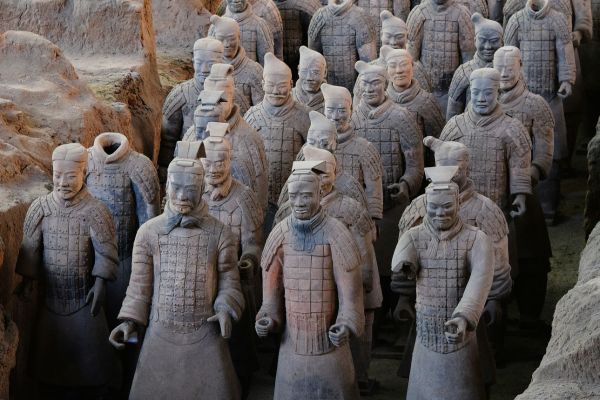
You can publish a notice in a provincial or national newspaper in China, or in the People’s Court Daily(人民法院报) of the Supreme People’s Court of China.
This post was first published in CJO GLOBAL, which is committed to providing consulting services in China-related cross-border trade risk management and debt collection.
In China, notices usually appear in the following scenarios.
I. Notices of company liquidation
If the company is to conduct the liquidation on its own initiative, the liquidation committee should publish a notice to notify creditors to declare their rights in personam, in a national newspaper, or a provincial newspaper that has a certain influence in the place where the company is registered, depending on the company business scale and territory.
II. Notices of company bankruptcy
If a company is liquidated due to bankruptcy, the court shall publish a notice to notify creditors to declare their rights in personam when it accepts bankruptcy application, bankruptcy reorganization, and termination of bankruptcy proceedings.
Since bankruptcy is accepted by the court, such public notices are usually published in the People’s Court Daily.
III. Service of notices in litigation
In civil litigation, if the person to be served cannot be located or cannot be served by any other means such as mail, the court may serve legal documents by publishing a notice in a newspaper.
Such public notice is normally made in the service of notice of hearing and judgment and published in the People’s Court Daily.
Generally, most Chinese newspapers only publish notices in Chinese while a small number of newspapers publish notices in both Chinese and English, or English only.
Please contact our client manager if you would like to place a notice in a Chinese newspaper.
The Cross-border Trade Dispute 101 Series (‘CTD 101 Series’) provides an introduction to China-related cross-border trade dispute, and covers the knowledge essential to cross-border trade dispute resolution and debt collection.
* * *
Do you need support in cross-border trade and debt collection?
CJO Global's team can provide you with China-related cross-border trade risk management and debt collection services, including:
(1) Trade Dispute Resolution
(2) Debt Collection
(3) Judgments and Awards Collection
(4) Anti-Counterfeiting & IP Protection
(5) Company Verification and Due Diligence
(6) Trade Contract Drafting and Review
If you need our services, or if you wish to share your story, you can contact our Client Manager Susan Li (susan.li@yuanddu.com).
If you want to know more about CJO Global, please click here.
If you want to know more about CJO Global services, please click here.
If you wish to read more CJO Global posts, please click here.
Photo by Immo Wegmann on Unsplash
Contributors: Meng Yu 余萌









